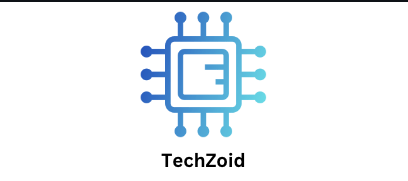Definition of Text Comparison Tool
A text diff checker or comparator is a computer tool that compares two or more blocks of text and highlights their similarities and discrepancies. These programs analyze documents line-by-line, word-by-word, or character-by-character, depending on software sophistication, to find exact changes or conflicts.
This study is beneficial for document version comparison, plagiarism detection, proofreading, and code review. Some text comparison tools are incorporated into word processors, code editors, or file version control systems, although most are web-based.
Text Comparison Tools: How Do They Function?
Text comparison tools use algorithms to compare input files or text strings. Some tools employ basic string-matching algorithms, while others use more complicated logic like Levenshtein Distance (edit distance), LCS, or diff algorithms, which are used in coding environments.
The tool highlights additions, deletions, and adjustments in different colors or marks after comparison. Additions are green, deletions are red, and modifications are highlighted or struck through. This visual feedback simplifies modifications at a look.
Key Text Comparison Tools Features
Both versions of the text are shown next to one other for easier comparison in most tools.
Changes are highlighted with colors or formatting to show what was added, deleted, or altered.
several File Support: Advanced tools may compare several files or directories.
Syntax Awareness: Programming tools may indicate syntax changes to aid developers.
Users can export comparative findings for documentation or evaluation.
Some text comparison tools include plagiarism checkers that compare information to large databases and internet sources.
Uses of Text Comparison Tools
Editing and proofreading: Text comparison tools help writers and editors monitor modifications and verify quality.
Academic Use: Teachers and students use these tools to check paper drafts for plagiarism and originality.
Software Development: Developers utilize Git comparison tools to find code changes and debug bugs.
Legal and Business Documents: Lawyers and businesspeople check contracts and proposals for unlawful changes.
Translation Services: Comparing translated and original material promotes consistency and correctness in multilingual projects.
Advantages of Text Comparison Tools
Text comparison tools boost efficiency and accuracy. It eliminates time-consuming and error-prone manual proofreading and side-by-side reading. These technologies decrease human error, save time, and boost productivity by automating comparison.
They promote transparency and responsibility, especially in teams. Sharing documents lets teams trace changes and who made them. This improves version control and communication.
Conclusion
Text comparison tools are essential in a fast-paced, collaborative content generation and editing world. It facilitates document comparison, increases workflow across sectors, and improves information integrity. As a student, editor, developer, or business professional, using a text comparison tool may speed your workflow and improve accuracy. As the need for clear and precise communication develops, these technologies will become increasingly important in our digital toolkit.
